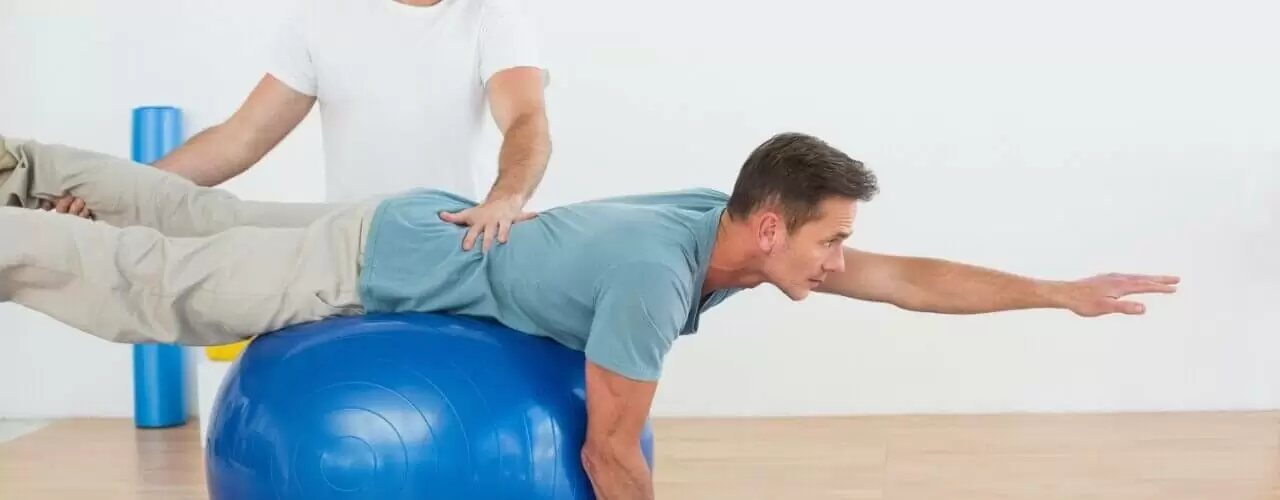
Attendees were able to gain insight into how fascia provides a continuous connection throughout the body, directly linking distant regions through a physical, anatomical connection. They also got to see how movement restrictions in the fascia could result in far reaching consequences and how resolution of these restrictions can produce immediate positive changes in pain and dysfunction. Through the presentation on Postural Restoration®, the audience gained an appreciation for the important role the diaphragm plays in posture, movement, and muscle tone. They also learned why we frequently use balloons when treating our patients and by blowing up balloons themselves, the audience experienced first hand how effective balloons can be in recruiting muscles associated with breathing and trunk movement. They also felt first hand how this simple technique can rapidly improve limitations with range of motion and quiet abnormal muscle hypertonicity.
Throughout most of the presentations, there was one common theme that was evident: the body is an integrated system and proper function of the system depends on all parts working together in a normal manner. When evaluating dysfunction in the human body, the organism must be viewed as a whole and dysfunction throughout the body should be identified. Additionally, treatment interventions should not focus solely on the painful part of the body as this may not fully address the underlying problem contributing to pain and dysfunction. For this reason, in our clinic we perform a comprehensive physical examination focusing on dysfunction throughout the body. We find identifying and treating these widespread complaints makes all the difference in patient care and significantly improves patient outcomes.
Tags: Fascial Manipulation, Diagnosis, Patient Care, Postural Restoration





